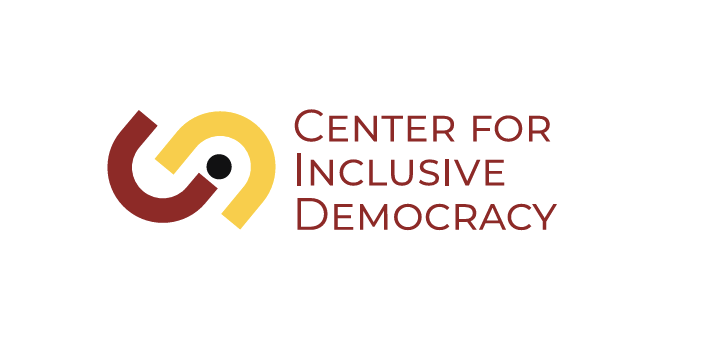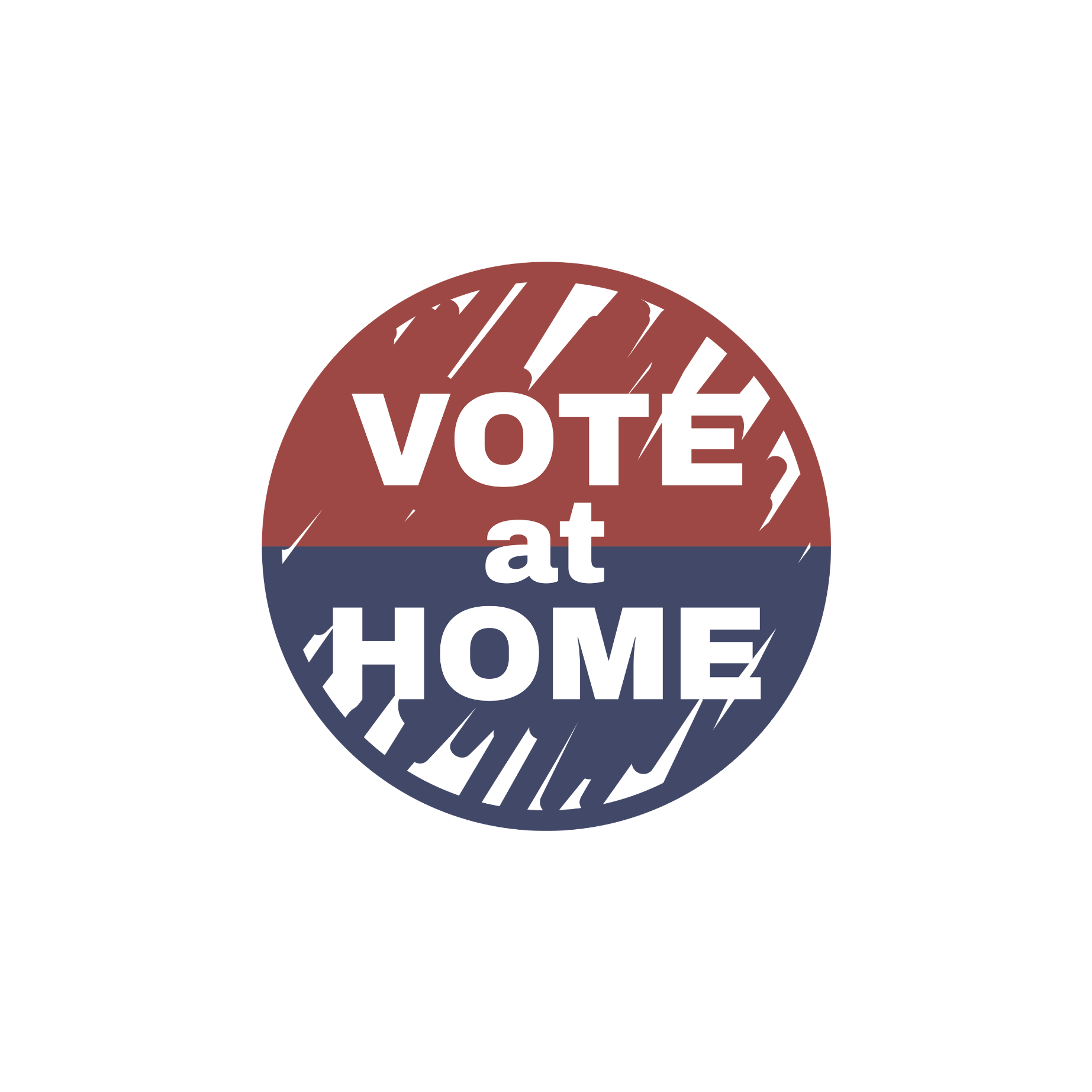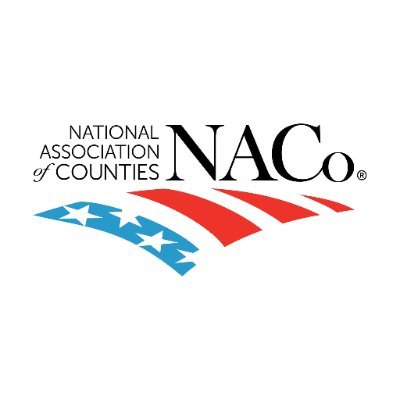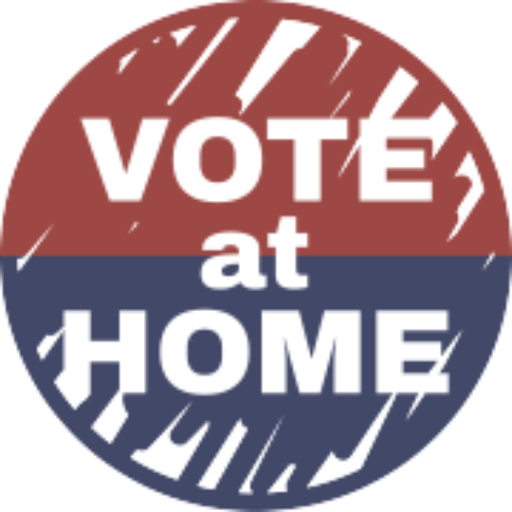(April 25, 2024) — According to an analysis released by the National Vote at Home Institute this week, of an estimated 149 million registered voters eligible to vote in 32 state primary contests held through April 24, 2024, only ~34 million cast a ballot; an aggregate turnout of approximately 23% if using active registered voters and a no-show rate of nearly 5-in-6 potential voters using all eligible citizens.
“What these states are missing is a powerful election reform that has the potential to double or even triple voter turnout,” says Barbara Smith Warner, executive director of the National Vote at Home Institute. “In the Vote at Home election states, where ballots are automatically delivered to all active registered voters, there’s no need to request a mailed-out ballot or travel to a polling place, and the resulting turnout shows the difference it makes.”
Through April 24, states have held three types of primary elections: 24 states held presidential preference-only contests; seven states held full state primaries, where voters chose Democratic and Republican party finalists for candidates for all federal and state positions; and one state, Wisconsin, paired its presidential contest with legislatively referred statewide ballot measures.
Among the 24 presidential preference-only states, registered voter turnout has averaged just 21%, ranging from lows of 5% to 10% in New York, Connecticut, and Rhode Island to 50% in New Hampshire, which regularly has a high turnout for presidential primaries. In contrast, Vote at Home states saw a rate of 35% in Washington and 39% in Colorado, roughly double the turnout of other Super Tuesday states with comparable demographics (e.g., Tennessee (17%), Minnesota (17%), and Virginia (19%).
The turnout rates in six states that held full state primaries—Illinois (17%), Texas (18%), Alabama (21%), Ohio (22%), North Carolina (24%), and Pennsylvania (24%)—fell short of that in California (35%), which automatically delivered ballots to all registered voters. This pattern mimics National Vote at Home data from the 2022 primary election and demonstrates a significantly higher turnout in Vote at Home states.
“Delivering ballots in California reminded voters that an election was imminent and provided them time to study their options and cast an informed ballot,” said Smith Warner.
National Vote at Home Institute research examining 18-34-year-old voter turnout found that young voters had significantly higher turnout rates in the 10 Vote at Home states and Washington, D.C., that automatically delivered ballots to all active registered voters in 2020. Yet, the median age of voters in 2022 was 62* nationwide with turnout among 65+ voters was nearly 43%, compared to 10% for 18-34-year-olds.
“It’s great that 65+ Americans are well-connected to our elections, but young voters, who will constitute 44% of voters in 2028, feel estranged from our current political climate,” said Smith Warner. “We should be committed to solving a problem that threatens the key to our democracy’s future.”
Voter engagement is crucial, and using mail ballots to Vote at Home is a potential game-changer in pursuing decisive election reform.
*In states with age-available data.
About the National Vote at Home Institute
Founded in 2018, the National Vote at Home Institute is a nonpartisan 501(c)(3) organization that works to increase voters’ access to, use, and confidence in voting at home, where voters are delivered their ballot, return them by postage-free mail or in-person to a range of accessible, convenient and secure locations, and can track them online to ensure their vote is








